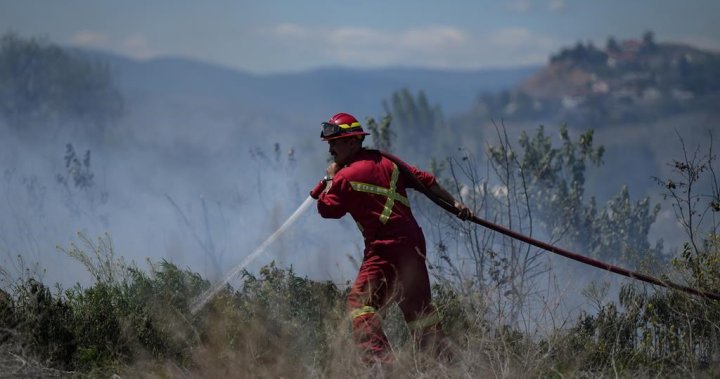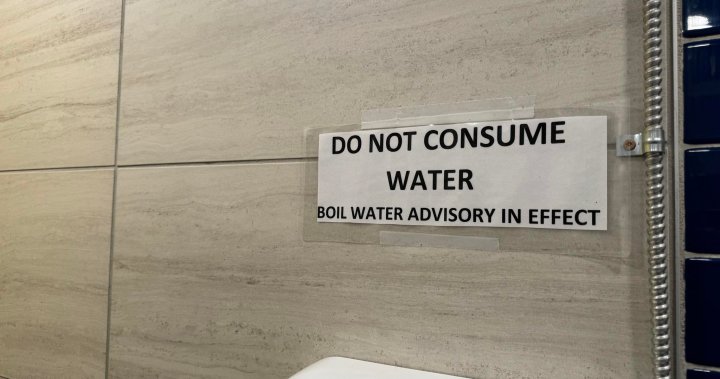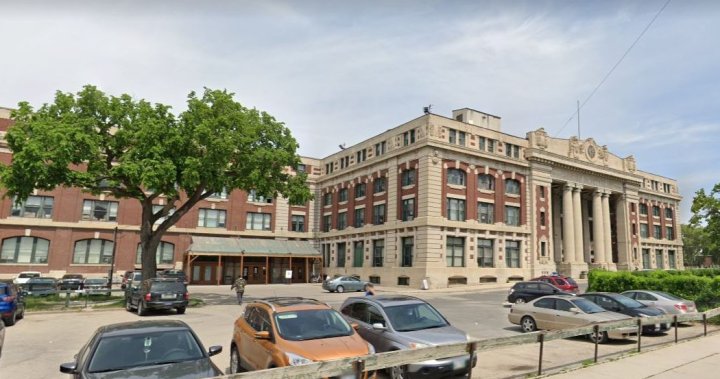The recent blast of wintry weather has been good news for skiers and snowboarders, but officials say it’s not enough to allay ongoing drought concerns.
The province faced significant drought conditions last year, and saw unusually dry conditions heading into the winter. Lower-than-usual snowfall resulting in a thin snowpack has only heightened those concerns, with spring on the way.
“Even with the recent snow, our snowpack is still well below normal and the prospect of heading into a spring that may be warmer than normal and perhaps seeing that snow melt earlier than normal is concerning from a drought perspective,” Environment Canada meteorologist Alyssa Charbonneau told Global News.
“As we look out further into the rest of March and into April, a lot of our long-range forecasts are still calling for warmer than normal conditions, particularly through the months of April and May.”
The email you need for the day’s
top news stories from Canada and around the world.
Despite the worries, the situation in the Lower Mainland has shown marked improvement, according to Metro Vancouver watersheds and environment director Heidi Walsh.
About a month ago, the region had accumulated a snowpack of just 30 per cent of its historical average. That’s jumped up to 50 per cent with recent snowfall.
“I wouldn’t say it’s a drop in the bucket. It’s pretty good, but we’d still like to see some more because we are still only at about half of our historical average,” she said.
“We’ve got records for about the last 75 years and we’re at the seventh lowest level in that last 75 years.”
The Lower Mainland, however, has fared better than other parts of B.C.
The Liard and Stikine regions in B.C.’s north actually saw snowpack decrease by five and four per cent respectively over the last two weeks of February.
Many other regions, including the Middle Fraser, North Thompson, Upper Columbia, the Kootenays, Similkameen and Vancouver Island have seen moderate snowpack growth of between seven and 11 per cent over the last two weeks.
British Columbia’s province-wide snowpack is sitting at 69 per cent of its historical median, according to a March 1 provincial update.
The province says by this time of year, about 80 per cent of the year’s snow has already fallen.
Yet virtually all of the province’s interior is listed at Drought Level 2 or higher on a scale of five, with extreme Level 5 drought recorded in the northeast and Level 4 in the East Kootenay, Kettle, and Upper Fraser basins.
Back in the Lower Mainland, Metro Vancouver isn’t taking any chances and has begun storing water a few weeks earlier than usual.
Charbonneau said the region will have to take a wait-and-see approach to how the drought situation plays out, noting that while warmer weather is expected, long-range models aren’t able to predict when or how much rain will fall.
© 2024 Global News, a division of Corus Entertainment Inc.




